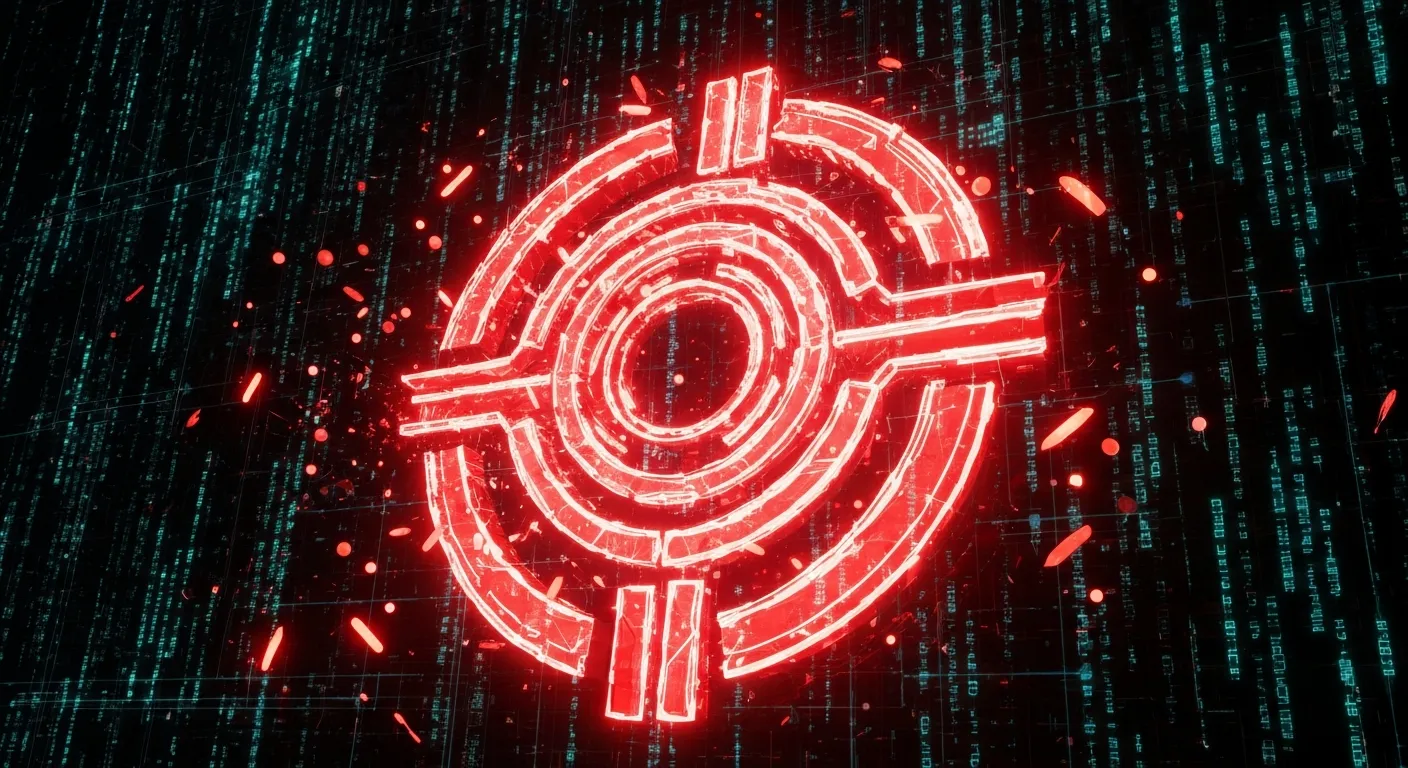TRON vs. EOS: A Comprehensive Technical and Fundamental Analysis on the Battle for DApp Dominance in 2025
The ongoing competition between TRON (TRX) and EOS in the decentralized application (DApp) sector represents a critical inflection point in the Layer-1 landscape. As the industry matures in 2025, the debate over which platform provides the superior environment for developers TRON with its focus on high speed and low cost, or EOS with its emphasis on robust development tools and enterprise-grade flexibility is paramount. This in-depth analysis will meticulously compare the core technological architectures, ecosystem dynamics, structural risks, and investment strategies associated with both protocols to determine their respective viability for DApp dominance.
1. Architectural Differences: Speed vs. Flexibility
Both TRON and EOS utilize a variation of the Delegated Proof-of-Stake (DPoS) consensus mechanism, designed to maximize transaction throughput by limiting the number of block producers. However, their implementation and philosophical focus diverge significantly.
TRON’s Performance Model: TRON (TRX) prioritizes raw transaction speed and affordability. Its DPoS model, relying on a fixed number of Super Representatives (SRs), achieves near-instantaneous transaction finality and minimal gas fees (often near zero). This design positions TRON as the 'scooter' nimble and cheap making it an ideal platform for high-volume, low-value DApps, such as GameFi, gambling protocols (like WINk), and simple Decentralized Finance (DeFi) functions. The success of USDT-TRC20 on the network has cemented its role as a liquidity hub for fast value transfer, driving substantial on-chain activity.
EOS’s Resource Model: EOS, while also using DPoS, features a more complex and granular resource model (CPU, NET, RAM) that developers must manage. This architecture, coupled with its support for WebAssembly (WASM), is designed to offer a flexible, powerful environment for complex, state-intensive DApps and Enterprise-Grade applications. EOS is the 'sports car' powerful and customizable, but demanding expert handling. The platform focuses on providing robust toolkits, making it attractive for large-scale projects requiring complex business logic and dedicated resource allocation.
2. Ecosystem Dynamics and Utility Comparison
The utility of TRX and EOS tokens is directly tied to the health of their DApp ecosystems.
TRON’s Dominance in SocialFi and Stablecoins: TRON's ecosystem is characterized by high transaction count and velocity. Key protocols include JustLend (a major DeFi lending platform) and SUN (a DeFi governance token). TRON's most significant fundamental advantage is its stablecoin dominance, hosting one of the largest supplies of USDT and its own decentralized stablecoin, USDD. This massive stablecoin presence drives perpetual demand for TRX as the native gas token, providing a robust economic foundation for the network.
EOS’s Enterprise Focus and EVM Integration: EOS, guided by the EOS Network Foundation (ENF), has pivoted toward strengthening its core technology and improving developer experience. The launch of the EOS EVM (Ethereum Virtual Machine) is a strategic move to enhance interoperability and attract Ethereum developers, aiming to capture the market for complex DeFi and enterprise applications that require the familiar Ethereum tooling while benefiting from EOS's performance. The long-term success of EOS hinges on the ability of the ENF to mitigate past governance issues and demonstrate sustained enterprise adoption.
3. Structural Risks: Centralization vs. Complexity
Both platforms carry significant structural risks that affect investor confidence:
* TRON’s Centralization Risk: The primary fundamental risk for TRON is its centralization due to DPoS. The limited number of SRs required to secure the network raises concerns about collusion and censorship resistance a critical concern for truly decentralized Web3 principles. This vulnerability has been a constant source of regulatory scrutiny and skepticism.
* EOS’s Governance and Resource Complexity: EOS's historical risk lies in its governance system and the complexity of its resource model. Past governance crises and the difficulty for non-expert developers to manage CPU/NET/RAM resources have created friction. While the ENF has worked to streamline this, the perceived complexity remains a barrier to broader developer adoption.
4. Technical Tracking and Investment Strategy Framework
Effective investment in either TRX or EOS requires constant monitoring of both on-chain metrics and technical price action.
On-Chain Metrics Monitoring: Key tools include TRONSCAN for TRX and EOSIO Explorer for EOS. Investors should track: Daily Active Addresses (DAA) (to measure user base growth), Total Value Locked (TVL) (to measure financial commitment), and Transaction Volume (to measure network utility). A sustained increase in DAA and TVL is the clearest fundamental indicator of health.
Trading Strategy (Event-Driven): Price action for both tokens is often driven by major fundamental events (e.g., TRON's Sun ecosystem launches, EOS's EVM upgrades, or regulatory news).
* Long Entry Triggers: Look for a high-volume breakout above a key resistance level, especially if it coincides with positive news about DApp adoption or a major technological upgrade. Indicators like RSI and MACD should be used to confirm the momentum of the breakout.
* Risk Mitigation: Given the inherent volatility (especially for meme-coin-adjacent assets like DOGE/TRX), a strict Stop-Loss is non-negotiable. For example, setting a stop-loss just below a key structural support level (e.g., the 200-day Moving Average) can protect capital against sudden, news-driven reversals.
Conclusion on DApp Suitability: TRON is superior for high-volume, low-fee consumer-facing DApps and rapid value transfer, while EOS is technically better suited for complex, resource-intensive enterprise applications and decentralized governance models. The choice is a trade-off between accessible speed (TRON) and powerful flexibility (EOS).

